CRUISING GIARDINI
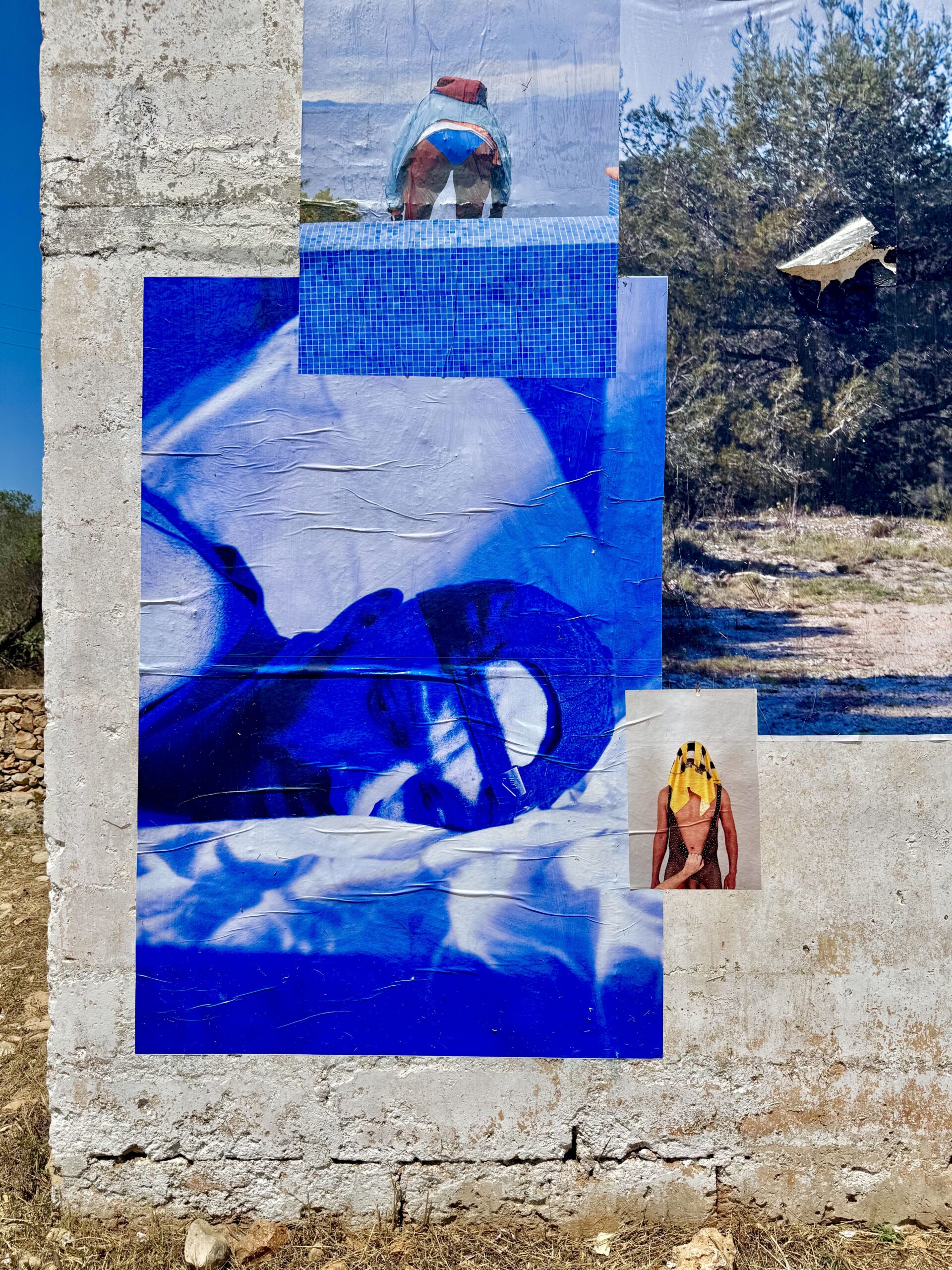
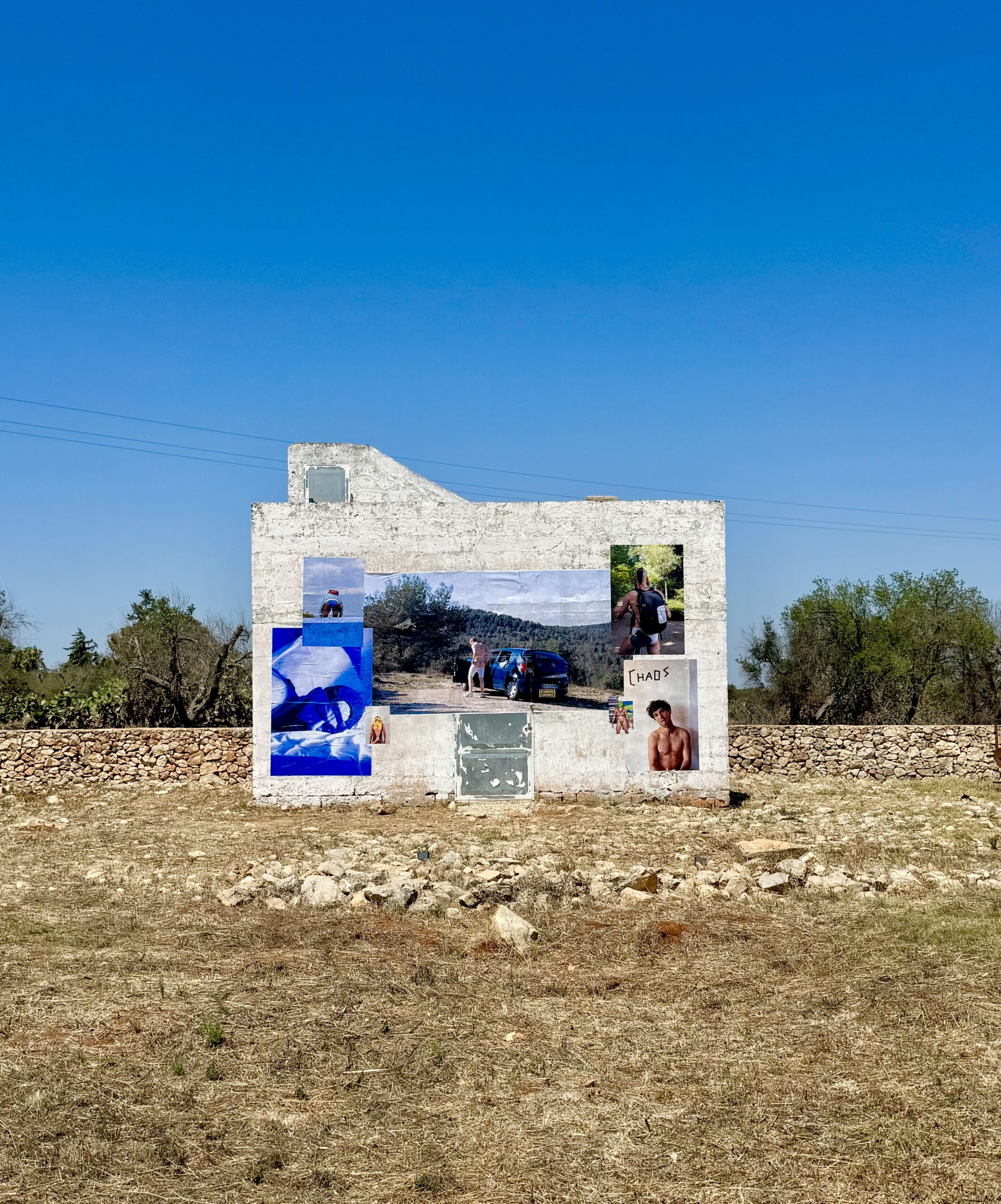
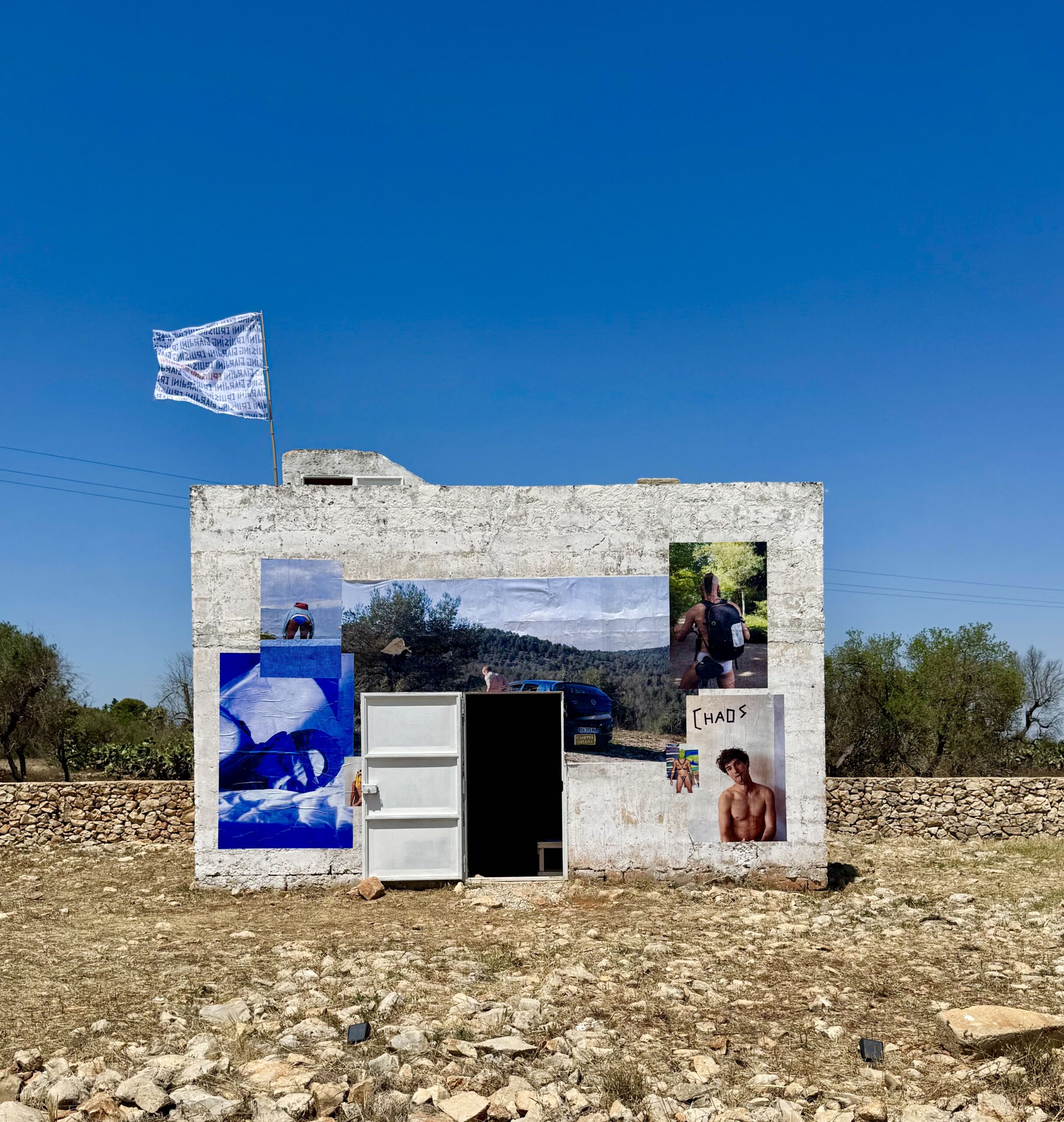
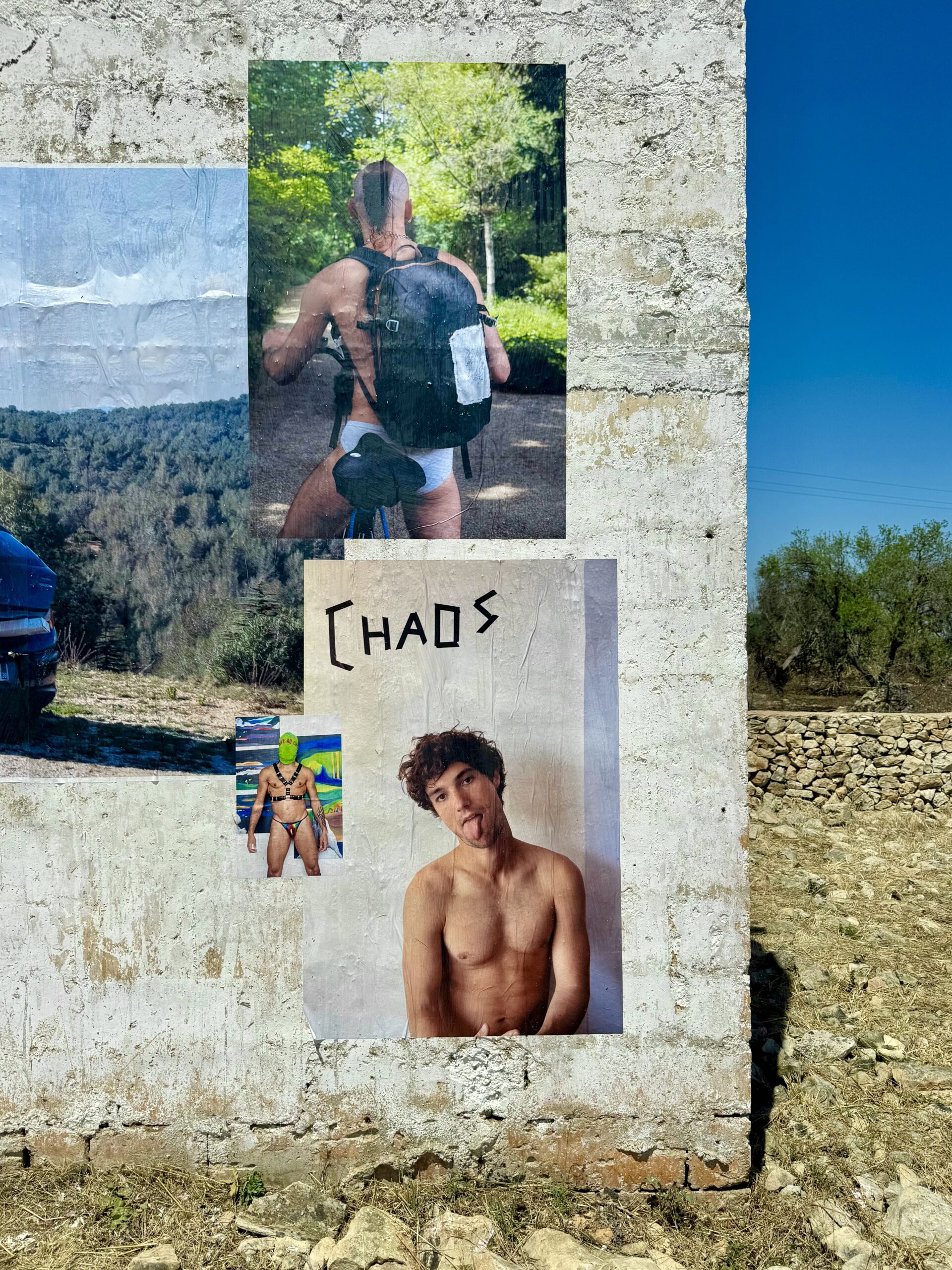
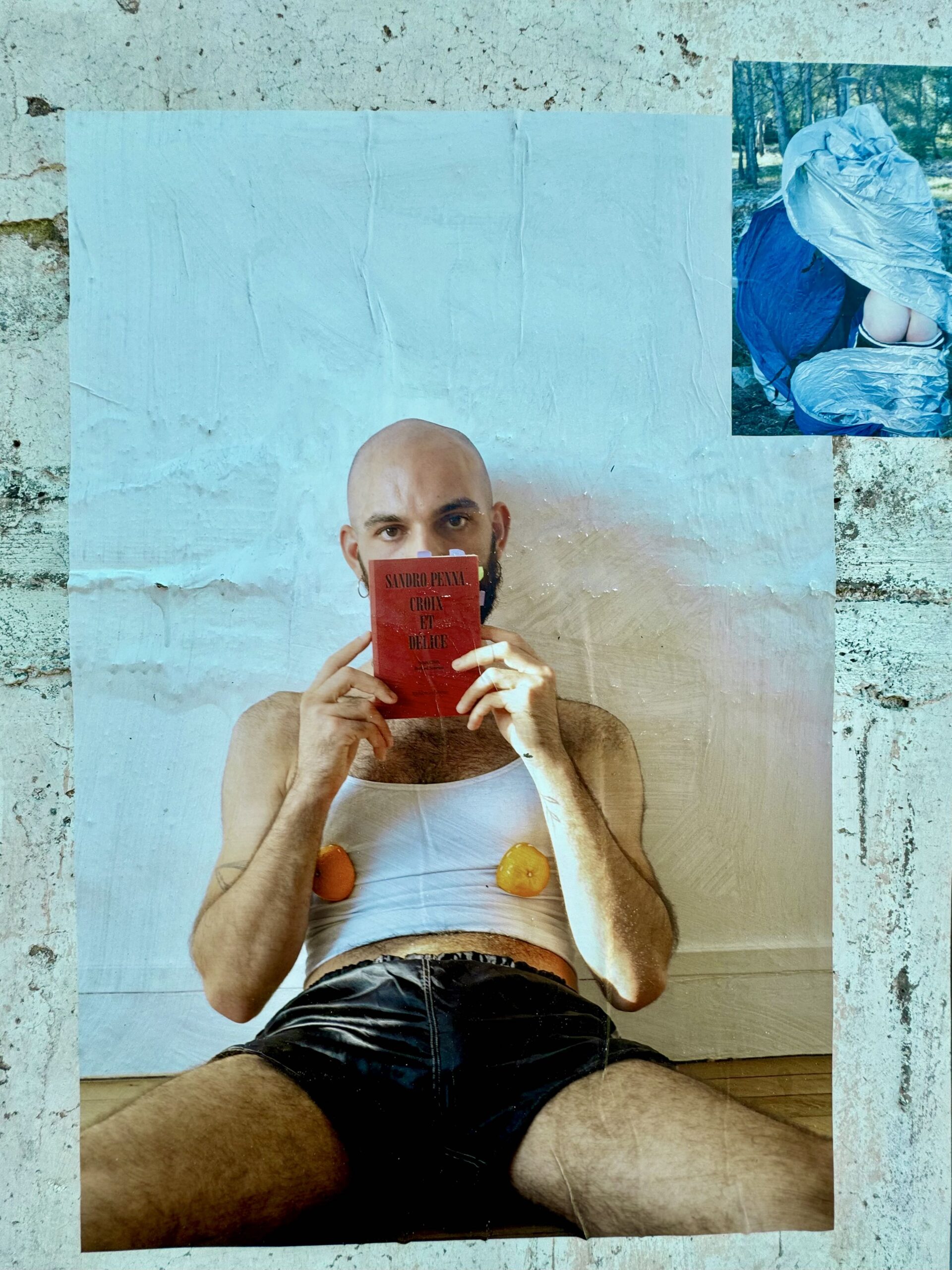
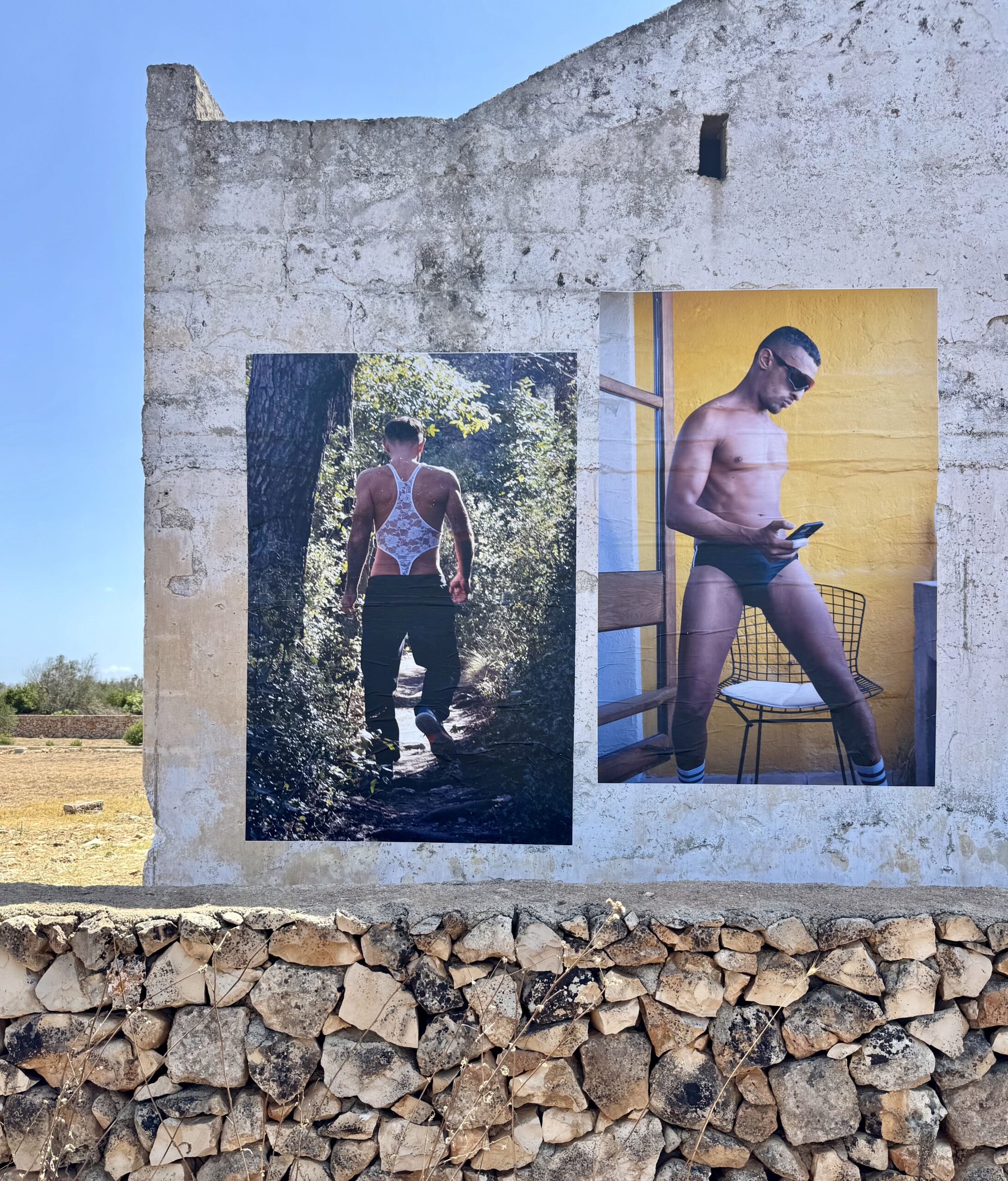
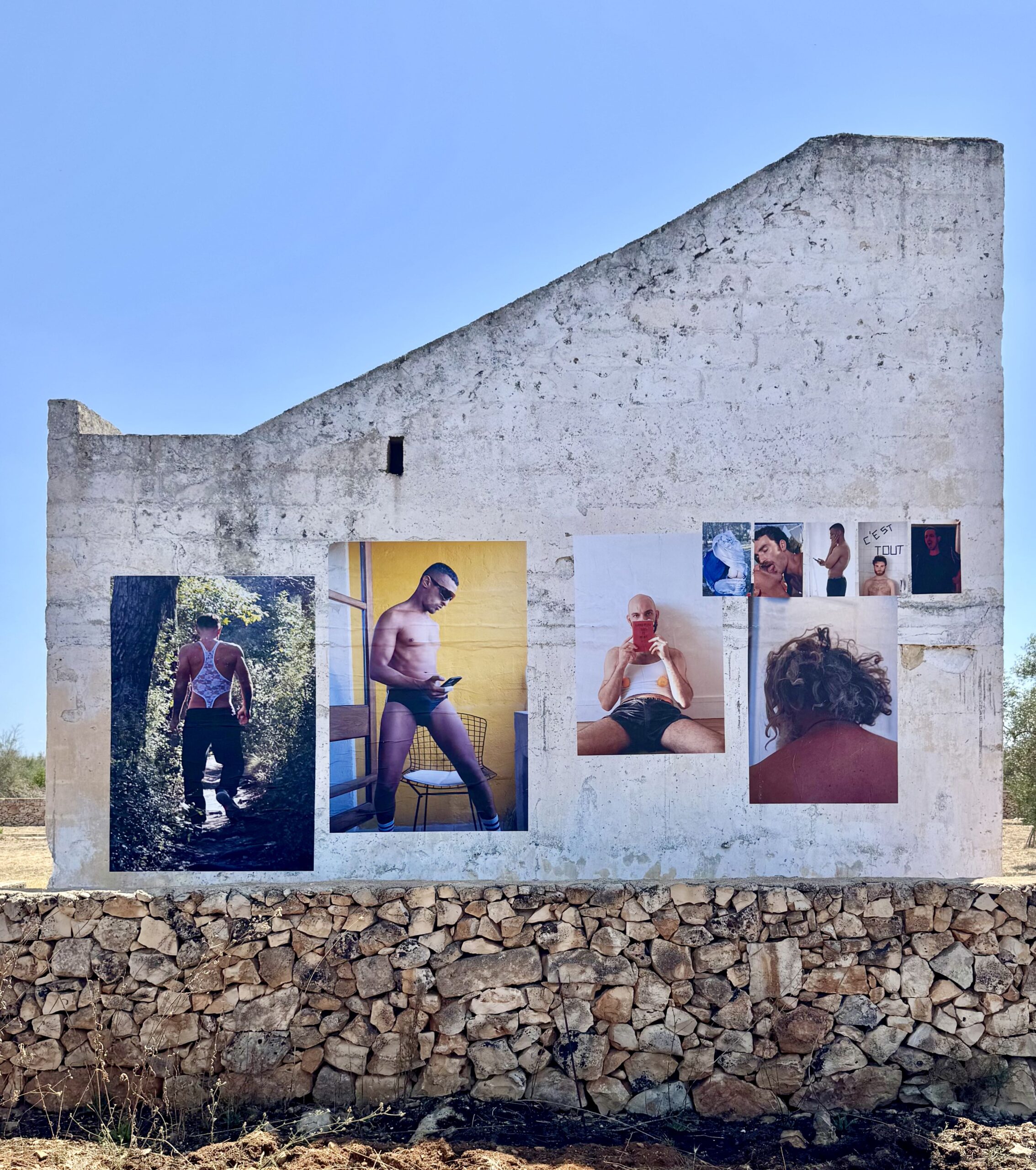

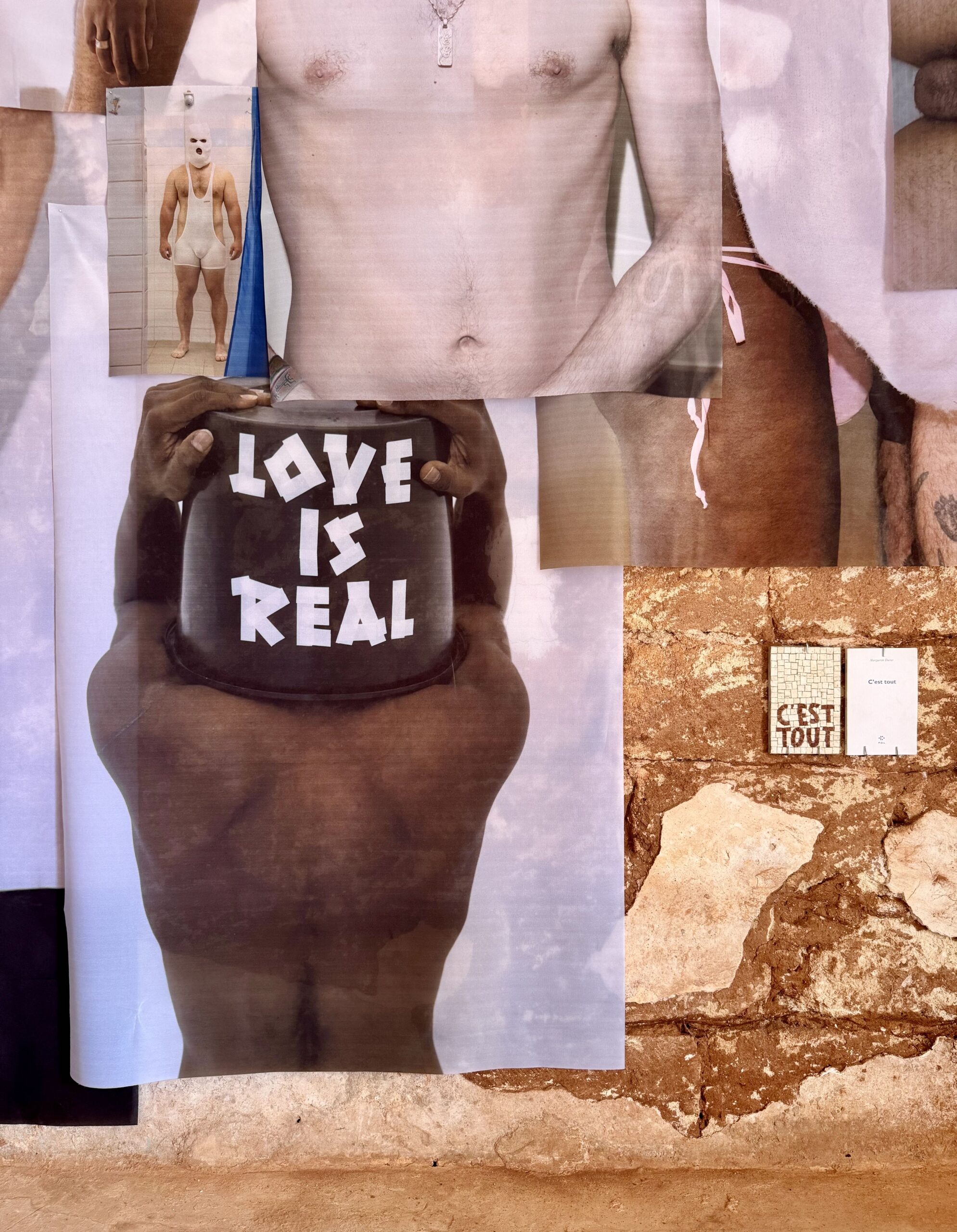
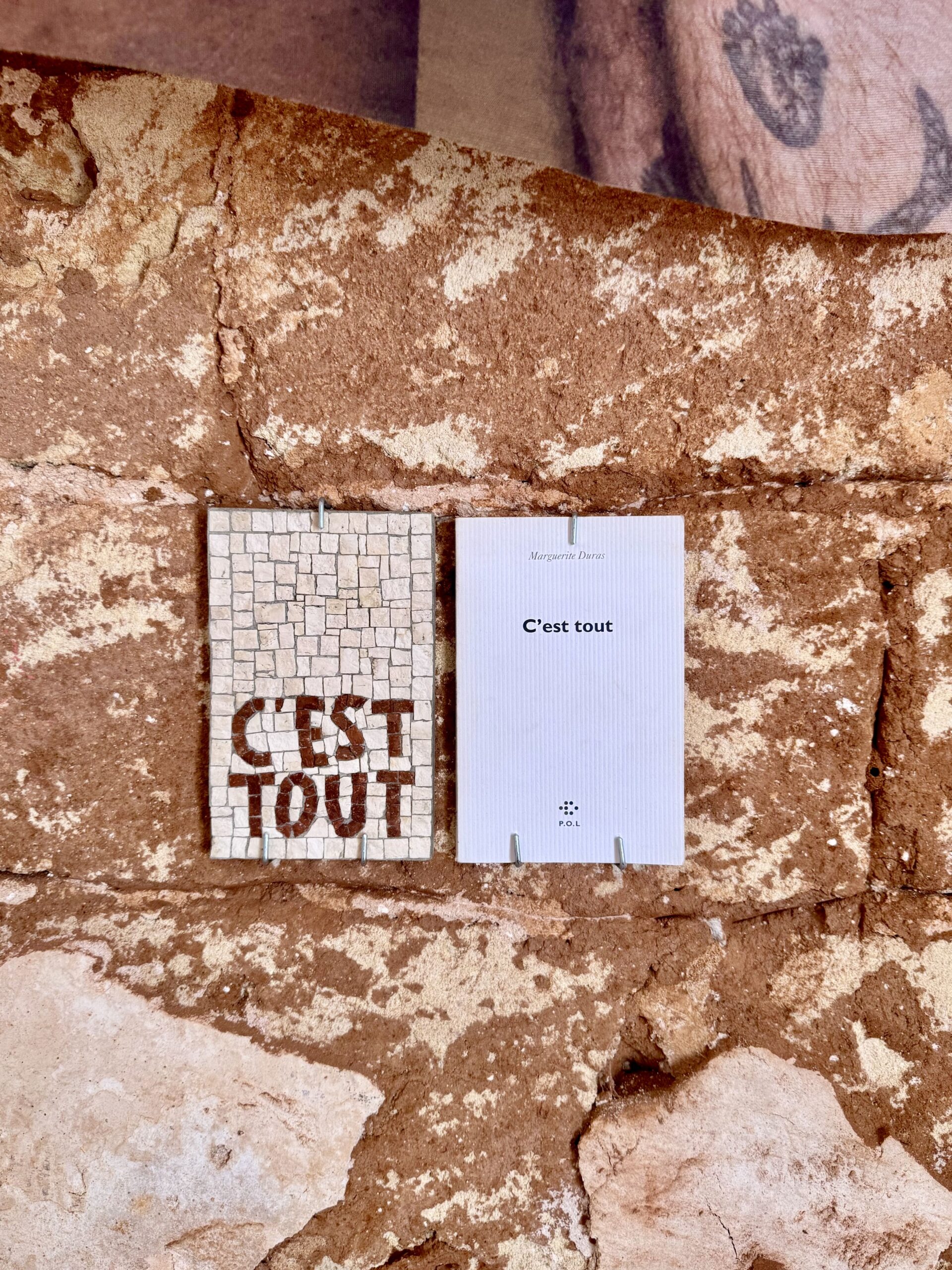
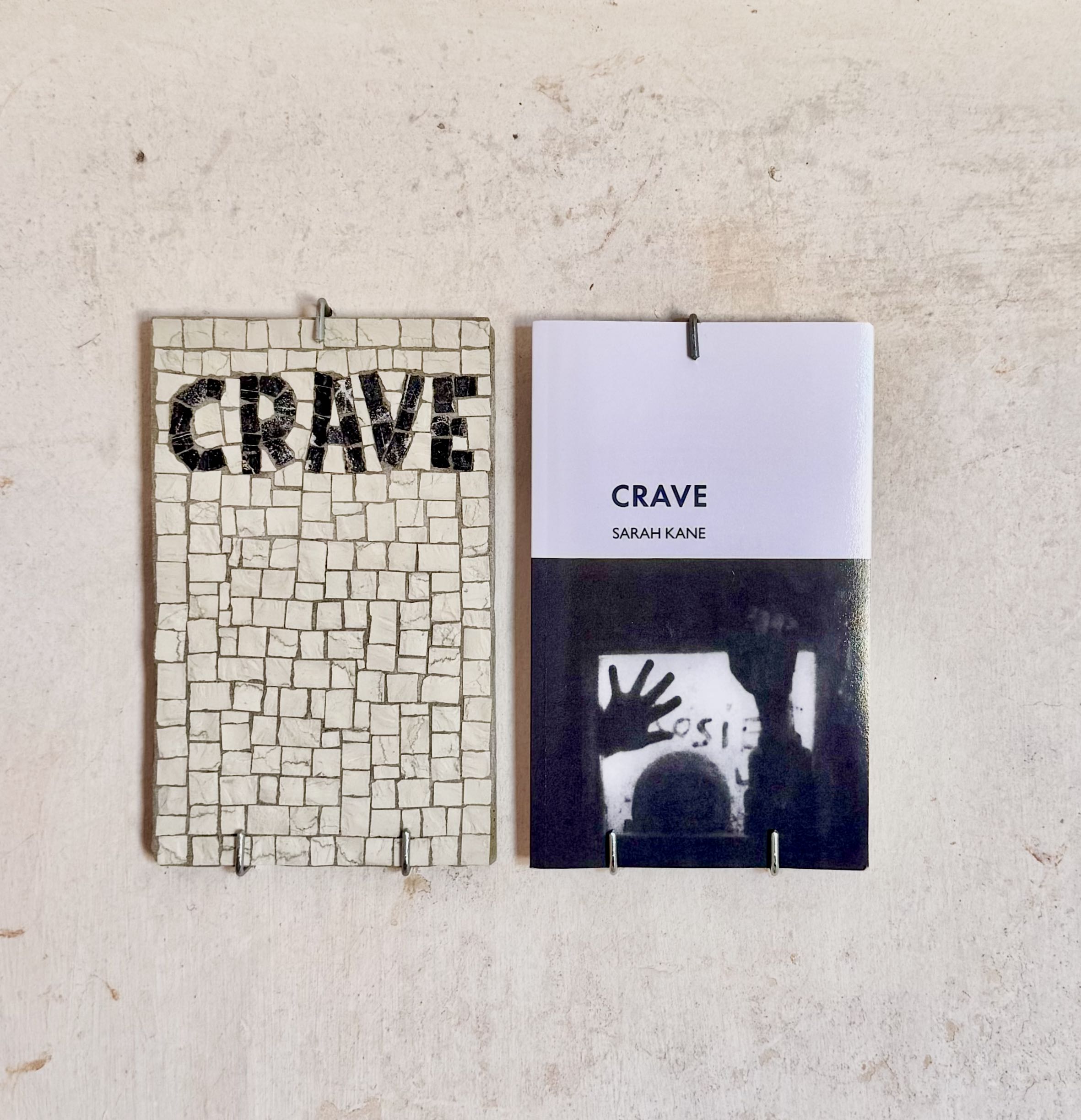
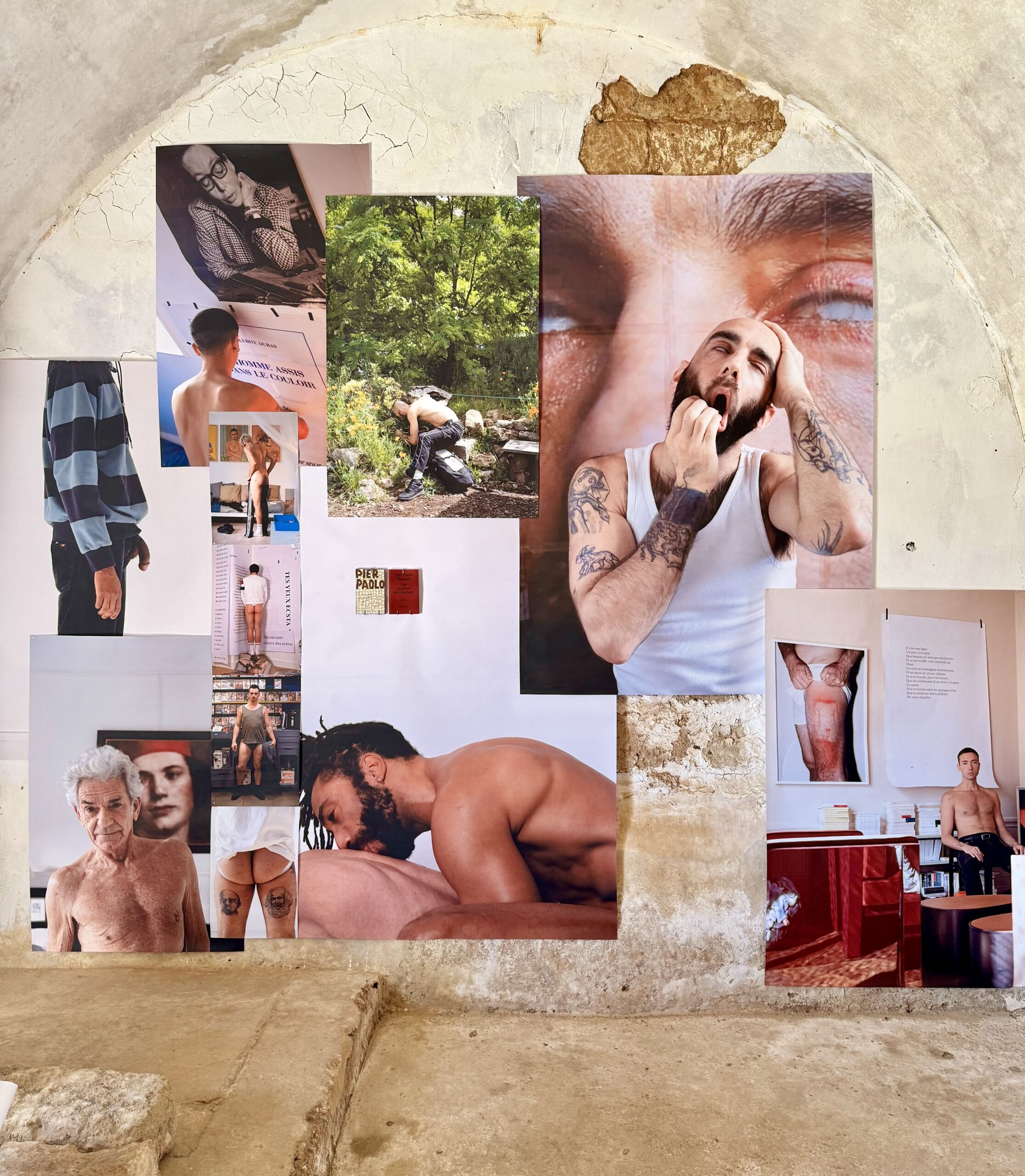
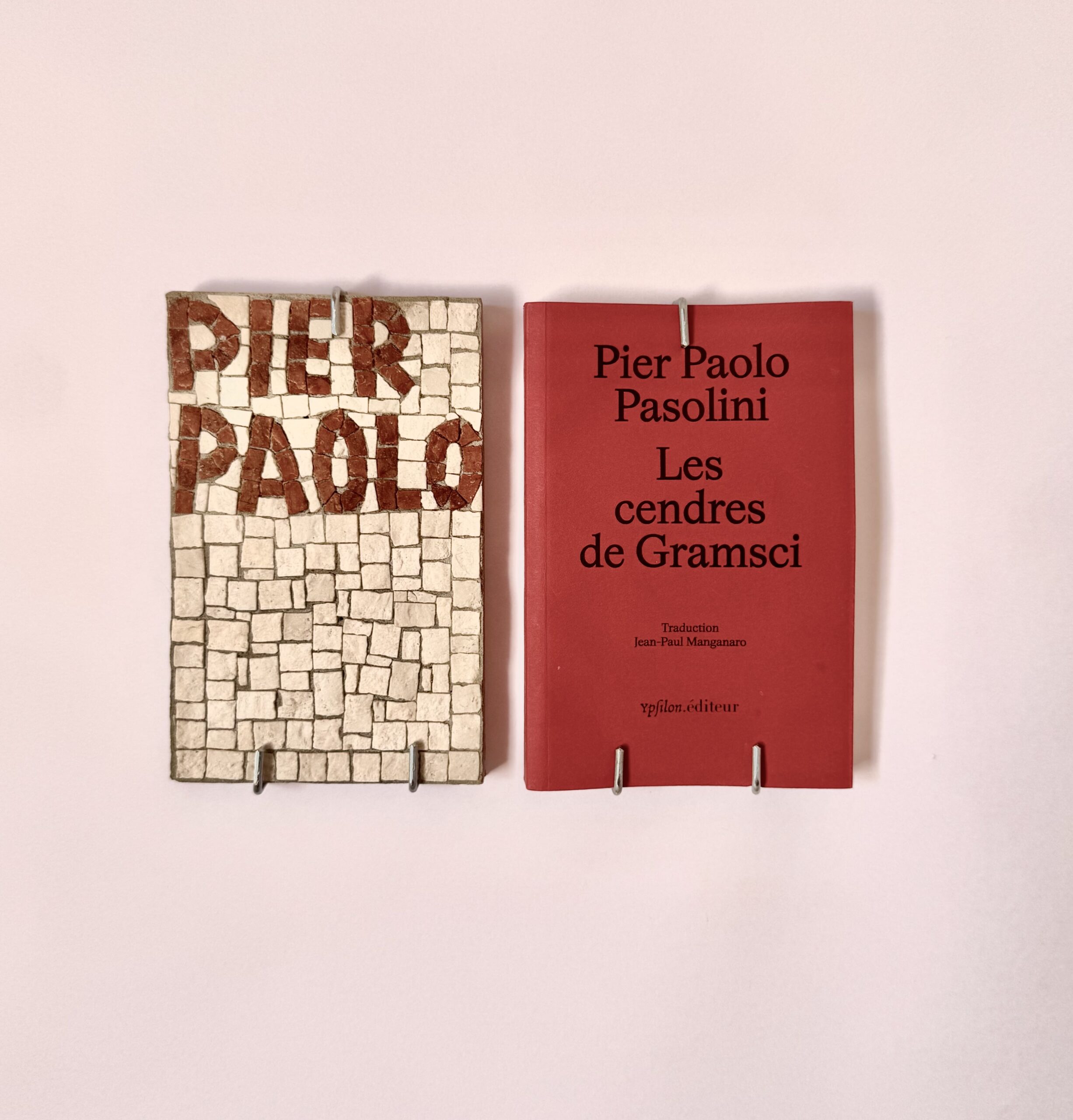
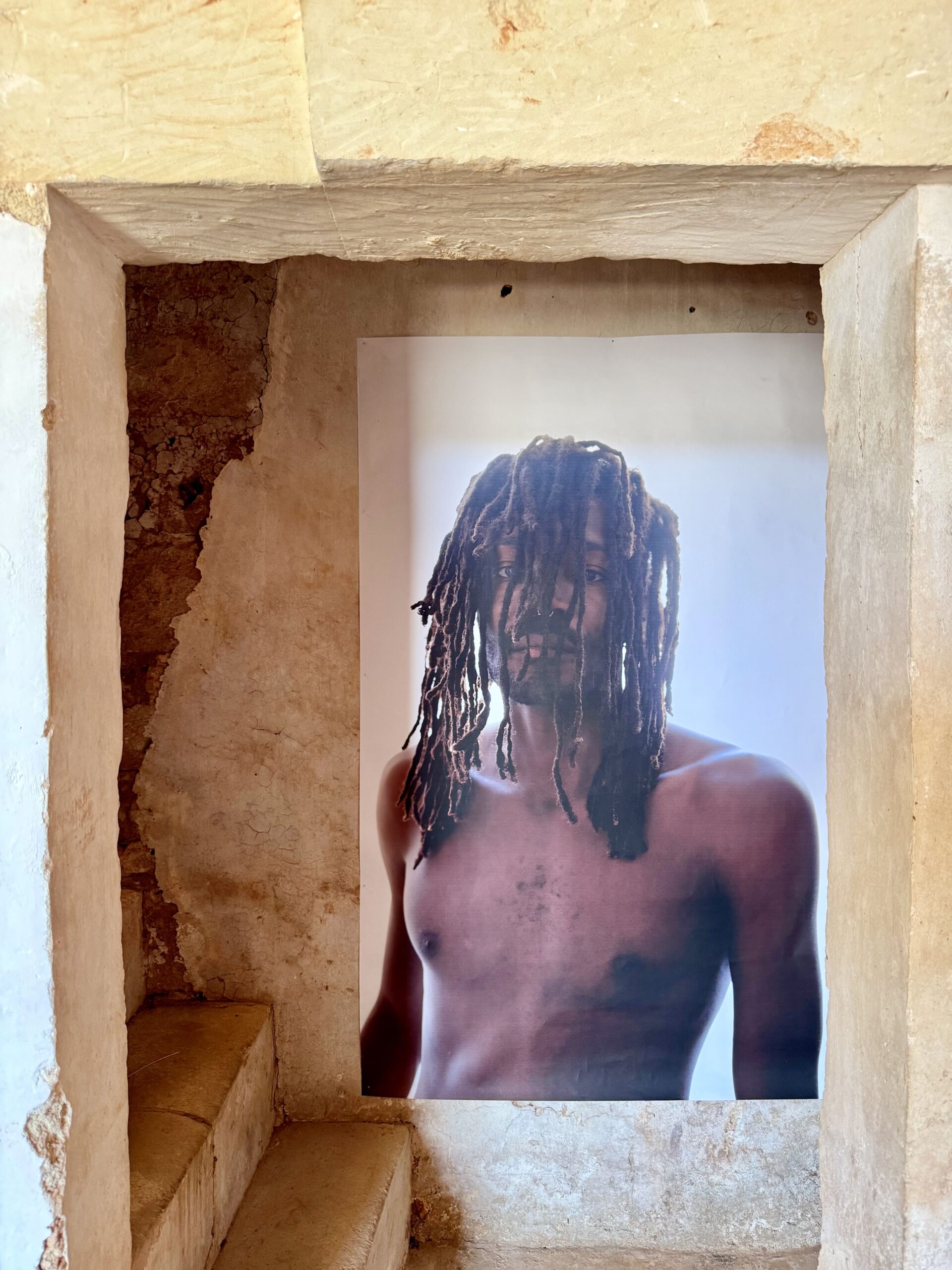
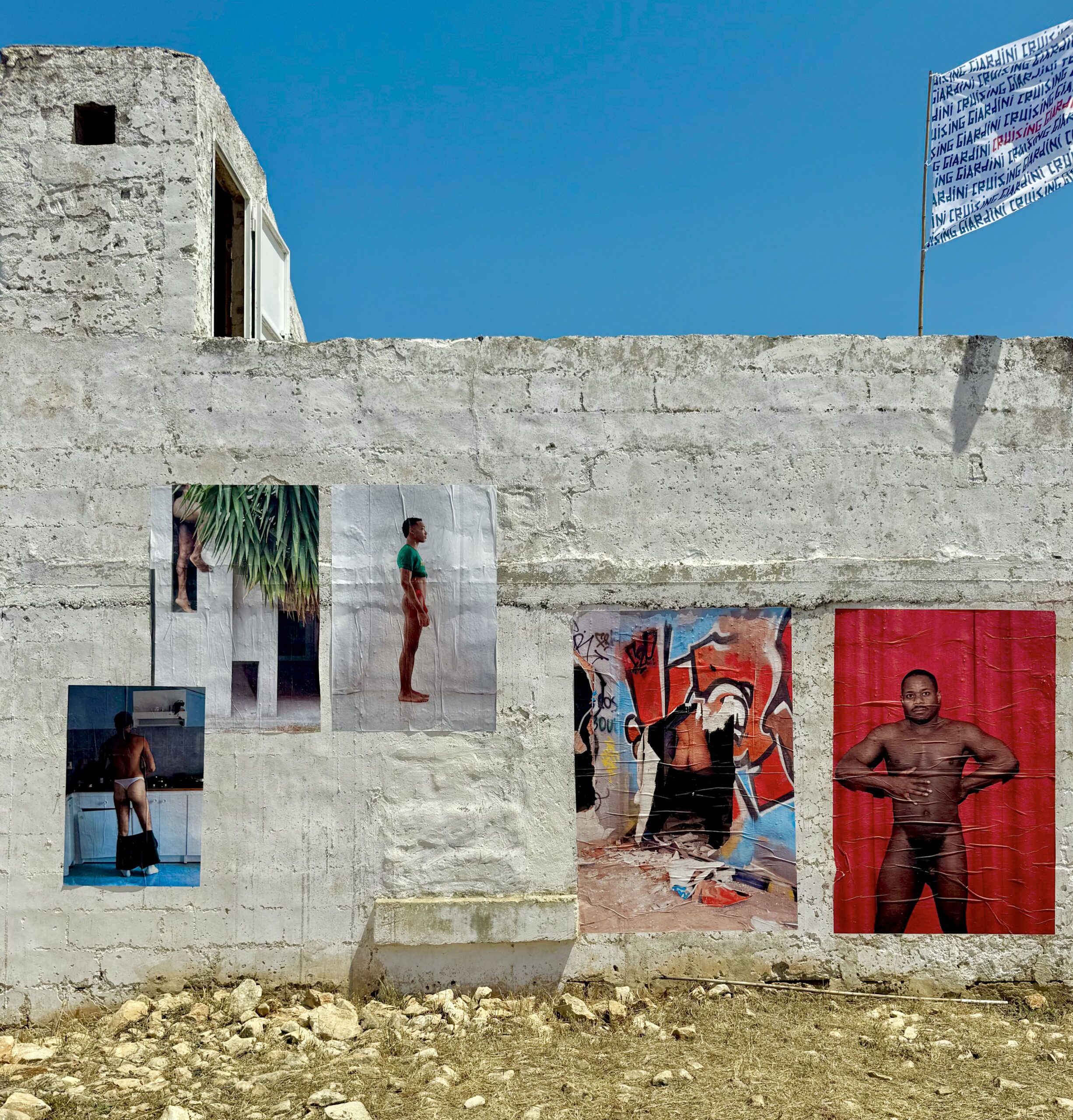
Beyond the nude or nearly nude male figures, beyond the photographed bodies and genitals displayed, “Cruising Giardini” retraces the history of art in a striking shorthand and reveals what art can be and what the artist does in making art.
It is first and foremost a cave where erotic cave art unfolds, a sort of contemporary and secretly lascivious “Lascaux”. It is also one of those brothels (“lupanari”) found in Pompei, both public and private, with suggestive scenes.
But it is also the entrance hall of a pornographic cinema displaying photographs of the program of films that were never shot, or the secret collection of an artist who meets in unusual places and photographs his models like elements of a landscape, a “cosa mentale.” The exterior walls exhibit other images, the same images, of the same style, of the same genre, but which are outside and have no other difference than this. For what distinguishes the exterior from the interior of this grotto, this rural shelter, this cabin, are the mosaics that give full meaning to what is shown. They evoke books, whose format they adopt, that are displayed at their side: Pier Paolo Pasolini, Hervé Guibert, Sarah Kane, Marguerite Duras. Each one defines queer culture in a way that refers to the imaginary.
And what could be the meaning of this arrangement?
In the erotic process, the signifier and the signified maintain a particular bond, which is fantasy. It is from this bond that desire is born; there is no desire without fantasy. The images shown are not erotic images, because by designating fantasy as fantasy, they exhaust it in a single movement. It is within this exhaustion, this saturation, that the essence of the artistic approach is found.
The animal paintings of Lascaux or the Cosquer Cave in France, like those of Valcamonica in Italy, are not the representation of desired game; they are the representation of game and the desire for game in a single, undoubtedly propitiatory gesture, and it is this sublimation that makes these paintings still move us.
The boys photographed are not actors, they are not fantasies, and the photographs do not represent the author’s fantasies. These images have nothing to sell. They are the meeting point between the idea of fantasy and the representation of bodies.
Ultimately, together, photographs and mosaics are the ornaments of a temple dedicated to a rite that has yet to be invented.
___
After Proiezioni d’inverno last December, the Marc Turlan returns to CASETTA STUDIO with a solo exhibition and a site-specific installation. The artist presents photographic works in poster format and on fabric installed on the external facades of the space as well as inside. The photography will dialogue with mosaic works inspired by four authors: Hervé Guibert, Sarah Kane, Pier Paolo Pasolini and Marguerite Duras, all central to Turlan’s artistic practice and poetics. The title Cruising Giardini is intended as a reference to the figure and work of Derek Jarman, British filmmaker and artist, who explored the theme of cruising in many of his works, interweaving this practice with a deep sensitivity to the natural environment. In his famous garden at Prospect Cottage, on the English coast of Dungeness, Jarman has created a space where wilderness and seascape merge with artistic and personal elements. This garden, conceived as a place of refuge and contemplation, reflects his vision of cruising as an act of exploration and connection with one’s surroundings. Jarman saw cruising not only as an erotic experience, but also as a way of inhabiting and re-signifying natural spaces, thus creating a synergy between desire, art and nature.


